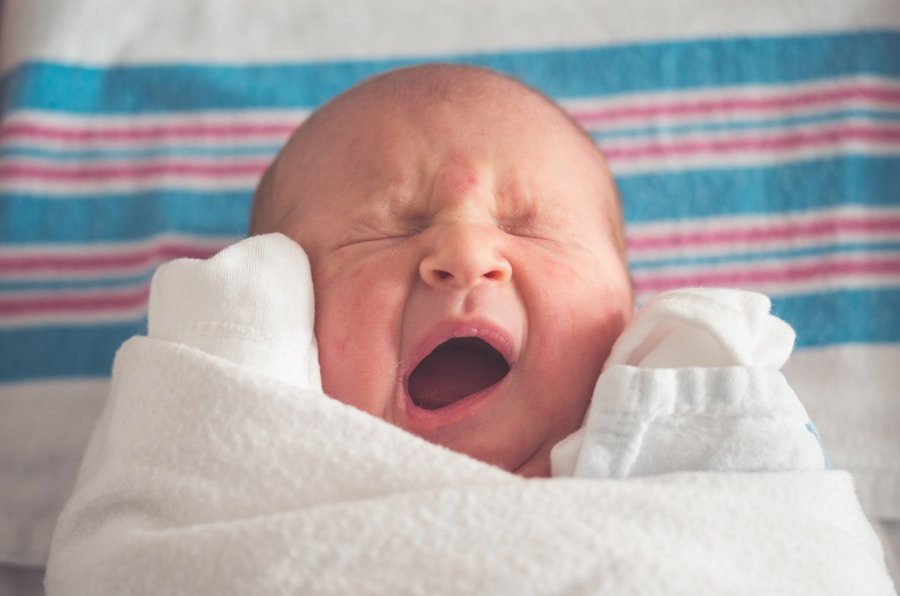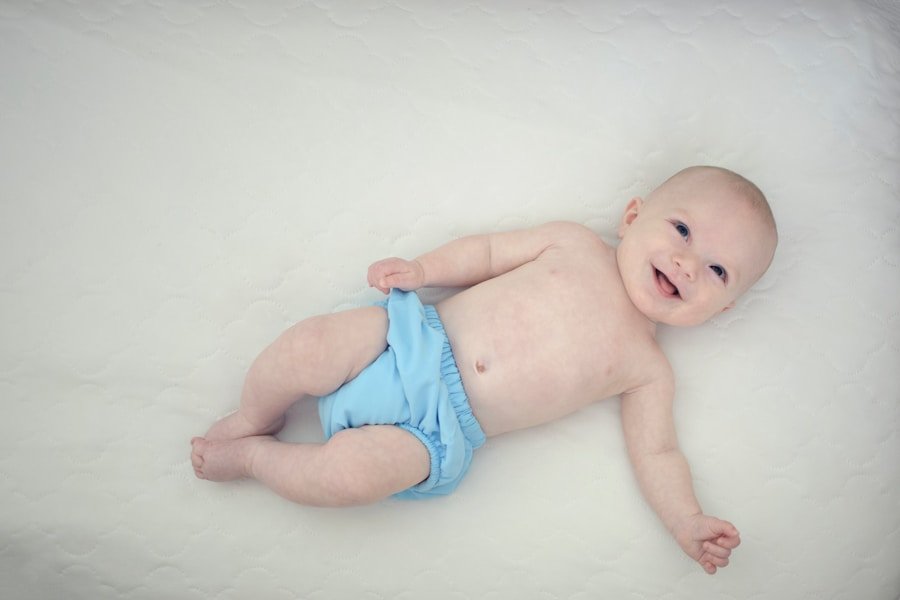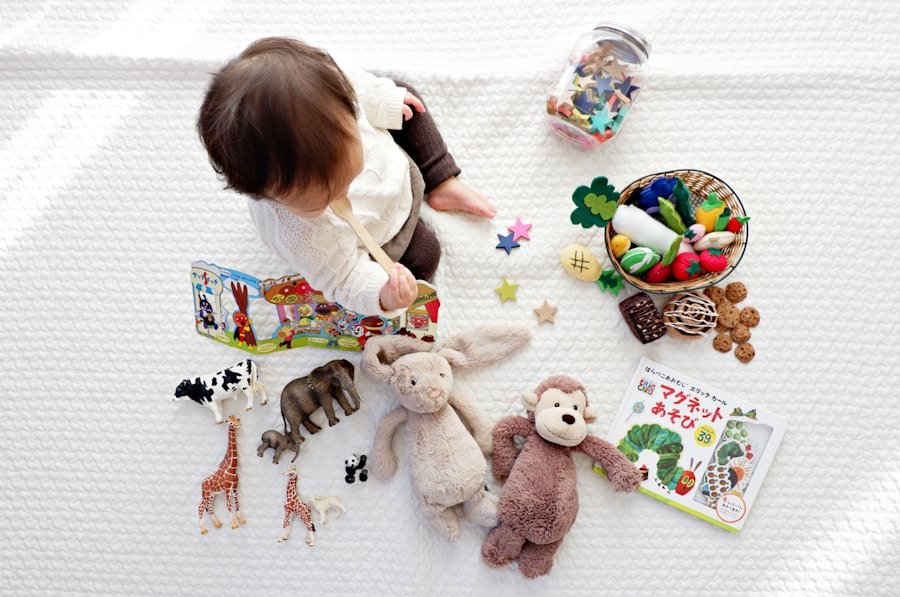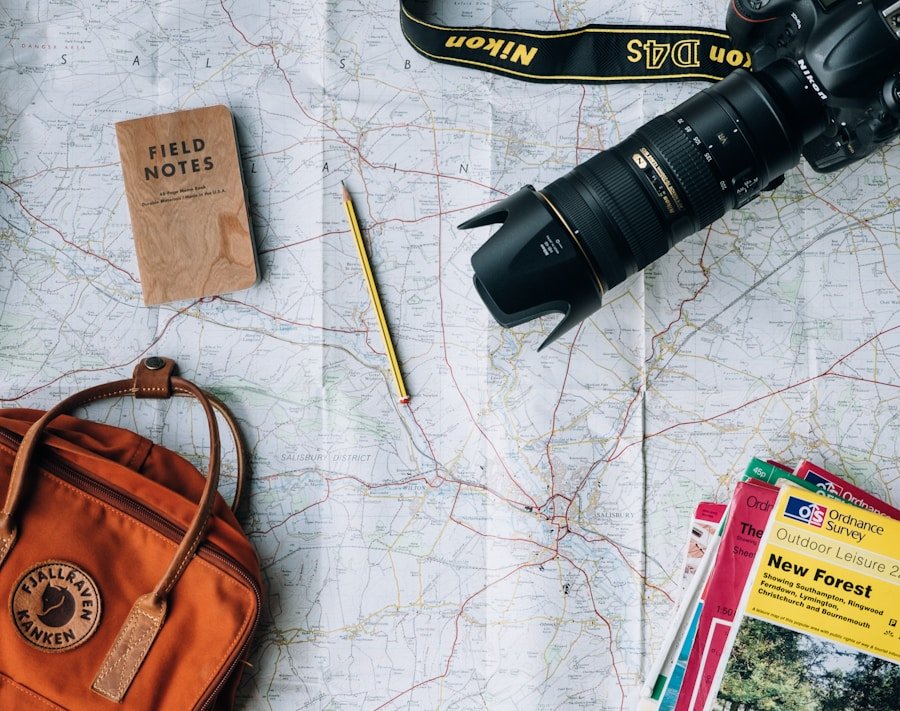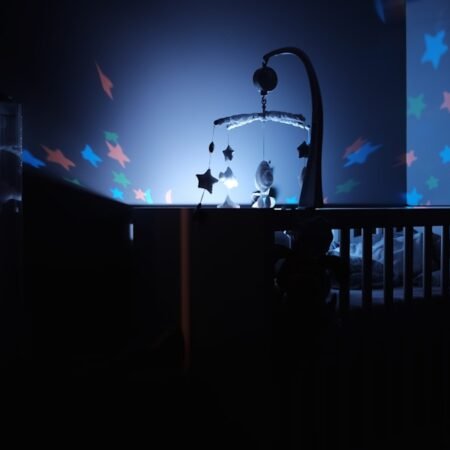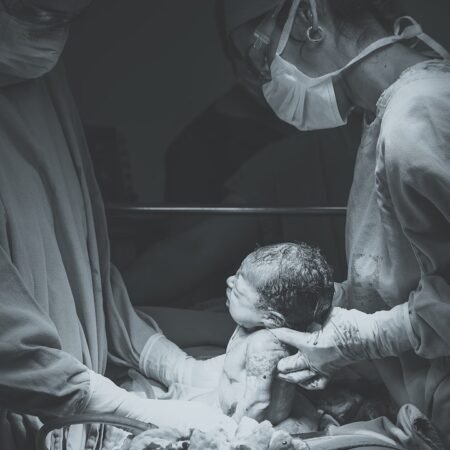Baby bibs are an essential tool for parents during mealtime. They serve as a protective barrier between the baby’s clothing and the mess that comes with feeding. Without a bib, parents would have to constantly change their baby’s clothes after every meal, which can be time-consuming and frustrating. Additionally, bibs help to keep the baby clean and dry, preventing food and liquids from staining their clothing and causing discomfort. This is especially important during the early stages of feeding when babies are still learning to eat and may be more prone to spills and messes. In addition to keeping the baby clean, bibs also help to protect their delicate skin from irritation caused by food and liquids. The use of a bib can prevent rashes and irritation, keeping the baby comfortable and happy during mealtime.
Furthermore, baby bibs play a crucial role in promoting independence and self-feeding skills in babies. As babies begin to explore different textures and tastes of food, they often make a mess in the process. By using a bib, parents can encourage their baby to explore and experiment with food without worrying about the mess. This allows the baby to develop their self-feeding skills and gain confidence in their ability to eat independently. Overall, baby bibs are an essential tool for parents that not only keep their baby clean and comfortable but also promote independence and self-feeding skills.
Key Takeaways
- The material and design of a baby bib can impact its effectiveness in keeping a baby clean and dry during mealtime.
- Baby bibs are essential for mealtime as they help prevent messes and protect a baby’s clothing from food and liquid spills.
- Cotton and silicone are effective materials for baby bibs, as they are easy to clean and provide good absorbency and waterproofing.
- The shape and size of a baby bib can impact its effectiveness in catching food and liquid spills, and providing coverage for the baby’s clothing.
- Fastenings and closures play a crucial role in the effectiveness of a baby bib, as they ensure a secure and comfortable fit for the baby.
Understanding Baby Bib Materials: Which Fabrics Are Most Effective?
When it comes to choosing the right baby bib, the material is an important factor to consider. The most effective bib materials are those that are waterproof, absorbent, and easy to clean. Waterproof materials such as silicone or plastic are ideal for preventing liquids from seeping through the bib and staining the baby’s clothing. These materials are also easy to wipe clean, making them a convenient option for busy parents. Additionally, absorbent materials such as cotton or terry cloth are effective for catching food crumbs and spills, keeping the baby clean and dry during mealtime. These materials are soft and gentle on the baby’s skin, preventing irritation and discomfort.
It is also important to consider the durability of the bib material. Babies can be messy eaters, so it is essential to choose a material that can withstand frequent washing and use. Look for bibs made from high-quality, long-lasting materials that will hold up well over time. Lastly, consider the safety of the material. Choose bibs that are free from harmful chemicals and dyes that could potentially irritate the baby’s skin or be ingested during mealtime. Overall, the most effective bib materials are those that are waterproof, absorbent, easy to clean, durable, and safe for the baby.
The Science of Baby Bib Design: How Shape and Size Impact Effectiveness
The design of a baby bib plays a significant role in its effectiveness during mealtime. The shape and size of the bib can impact how well it protects the baby’s clothing and keeps them clean and dry. A bib with a wide coverage area is more effective at catching food crumbs and spills, preventing them from landing on the baby’s clothing. Look for bibs with a wide, deep pocket at the bottom to catch any food that falls during feeding. Additionally, consider the neckline of the bib. A bib with an adjustable neckline or a snap closure allows for a customizable fit that can grow with the baby, ensuring maximum coverage and protection.
Furthermore, the shape of the bib can impact its comfort and functionality. Look for bibs with a contoured shape that fits comfortably around the baby’s neck without causing irritation or discomfort. A soft, flexible material is also important for ensuring that the bib is comfortable for the baby to wear during mealtime. Additionally, consider the weight of the bib. A lightweight, flexible bib allows for freedom of movement and does not weigh down the baby during feeding. Overall, the shape and size of a baby bib play a crucial role in its effectiveness at keeping the baby clean and comfortable during mealtime.
Waterproofing and Absorbency: Key Features for Keeping Baby Clean and Dry
| Bib Feature | Effectiveness |
|---|---|
| Waterproof Material | Keeps baby’s clothes dry and clean |
| Adjustable Neck Closure | Ensures a comfortable fit and prevents food from getting underneath |
| Pocket Design | Catches food and liquid spills, reducing mess |
| Easy to Clean | Machine washable or wipeable for convenience |
| Durable Construction | Long-lasting and able to withstand frequent use |
Waterproofing and absorbency are key features to consider when choosing a baby bib for mealtime. Waterproof materials such as silicone or plastic are effective at preventing liquids from seeping through the bib and staining the baby’s clothing. This is especially important during feeding when spills and messes are common. Look for bibs with a waterproof lining or coating that will keep the baby clean and dry throughout mealtime. Additionally, absorbent materials such as cotton or terry cloth are important for catching food crumbs and spills, preventing them from landing on the baby’s clothing.
It is also important to consider the level of absorbency of the bib material. Look for bibs with a high level of absorbency that will effectively catch any spills or messes during feeding. This will help to keep the baby clean and dry, preventing discomfort and irritation caused by wet clothing. Additionally, consider the ease of cleaning the bib. Look for materials that are easy to wipe clean or machine washable for convenience. Overall, waterproofing and absorbency are key features to look for in a baby bib to ensure that the baby stays clean and dry during mealtime.
The Role of Fastenings and Closures: How They Contribute to Bib Effectiveness
Fastenings and closures play a crucial role in contributing to the effectiveness of a baby bib during mealtime. The type of fastening or closure on a bib can impact how well it stays in place and provides maximum coverage and protection for the baby. Look for bibs with adjustable fastenings such as Velcro or snap closures that allow for a customizable fit around the baby’s neck. This ensures that the bib stays in place throughout mealtime, providing maximum coverage and protection against spills and messes.
Additionally, consider the ease of use of the fastenings or closures on the bib. Look for bibs with fastenings that are easy for parents to secure and adjust, even with one hand. This is especially important for busy parents who may be juggling multiple tasks during mealtime. Furthermore, consider the durability of the fastenings or closures. Choose bibs with high-quality fastenings that will hold up well over time and withstand frequent use and washing. Overall, fastenings and closures play a significant role in contributing to the effectiveness of a baby bib during mealtime.
Cleaning and Maintenance: Tips for Keeping Baby Bibs in Top Condition
Proper cleaning and maintenance are essential for keeping baby bibs in top condition and ensuring their effectiveness during mealtime. It is important to follow the care instructions provided by the manufacturer to maintain the quality and durability of the bib. Most bibs can be easily wiped clean with a damp cloth or machine washed for convenience. It is important to remove any food crumbs or spills from the bib immediately after use to prevent staining or odors from setting in.
Additionally, it is important to inspect the bib regularly for any signs of wear or damage. Look for fraying edges, loose stitching, or weakened fastenings that may compromise the effectiveness of the bib. It is important to repair or replace any damaged bibs to ensure that they continue to provide maximum coverage and protection for the baby during mealtime. Lastly, it is important to store baby bibs in a clean, dry place when not in use to prevent mold or mildew from forming on the material. Overall, proper cleaning and maintenance are essential for keeping baby bibs in top condition and ensuring their effectiveness during mealtime.
Choosing the Right Baby Bib: Factors to Consider for Maximum Effectiveness
When it comes to choosing the right baby bib, there are several factors to consider for maximum effectiveness during mealtime. The material of the bib is an important factor to consider. Look for waterproof materials such as silicone or plastic that will prevent liquids from seeping through the bib and staining the baby’s clothing. Additionally, consider absorbent materials such as cotton or terry cloth that will catch food crumbs and spills, keeping the baby clean and dry.
The design of the bib is also an important factor to consider. Look for a bib with a wide coverage area and an adjustable neckline for maximum protection against spills and messes. Additionally, consider the shape and size of the bib for comfort and functionality during mealtime. Fastenings and closures play a crucial role in contributing to the effectiveness of a baby bib. Look for adjustable fastenings such as Velcro or snap closures that will stay in place throughout mealtime.
Lastly, proper cleaning and maintenance are essential for keeping baby bibs in top condition and ensuring their effectiveness during mealtime. Follow the care instructions provided by the manufacturer to maintain the quality and durability of the bib. Inspect the bib regularly for any signs of wear or damage, and store them in a clean, dry place when not in use.
In conclusion, choosing the right baby bib involves considering factors such as material, design, fastenings, cleaning, and maintenance for maximum effectiveness during mealtime. By selecting a high-quality bib that meets these criteria, parents can ensure that their baby stays clean, comfortable, and dry during feeding while promoting independence and self-feeding skills.
FAQs
What makes a bib truly effective for babies?
A truly effective baby bib is one that is made of highly absorbent and waterproof materials, has a comfortable and secure fit, and is easy to clean. It should also have a wide coverage area to protect the baby’s clothes from food and liquid spills.
What materials are best for baby bibs?
The best materials for baby bibs are highly absorbent and waterproof, such as cotton, terry cloth, and silicone. These materials help to keep the baby dry and comfortable during feeding time.
What features should I look for in a baby bib?
When choosing a baby bib, look for features such as adjustable snap or Velcro closures for a secure fit, a wide coverage area to protect the baby’s clothes, and easy-to-clean materials that can be wiped down or machine washed.
How do baby bibs help with feeding and mealtime?
Baby bibs help to keep the baby clean and dry during feeding and mealtime by protecting their clothes from food and liquid spills. This makes mealtime more comfortable for the baby and reduces the amount of laundry for parents.
Are there any safety considerations when using baby bibs?
When using baby bibs, it’s important to ensure that they fit securely around the baby’s neck to prevent choking hazards. Additionally, parents should always supervise their baby during feeding time, regardless of whether they are wearing a bib or not.



